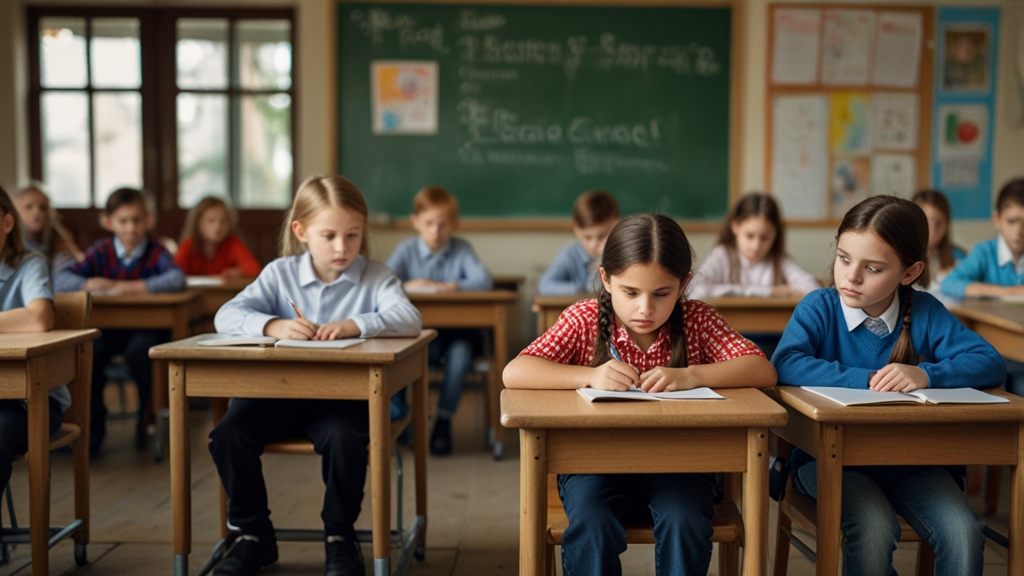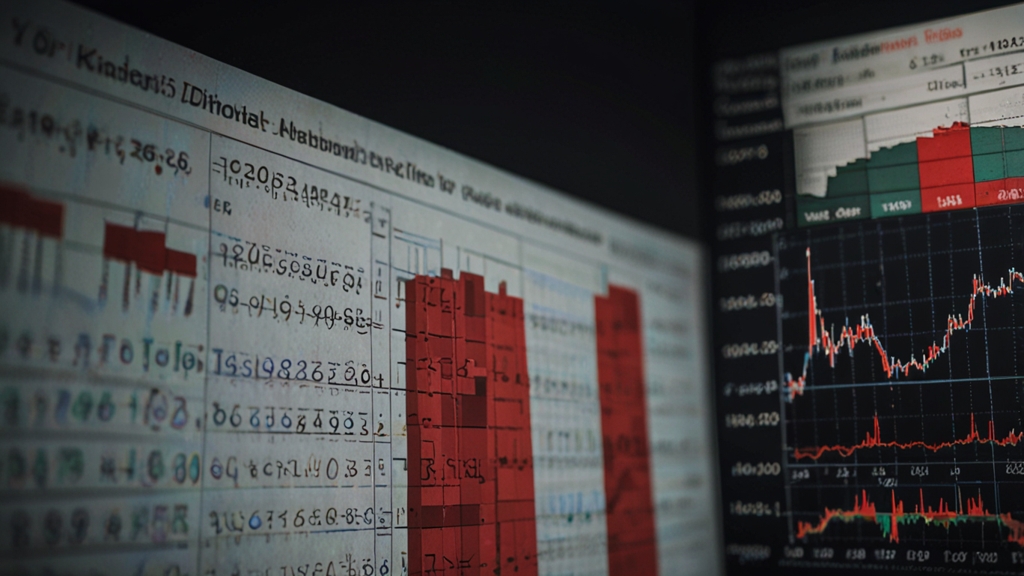Exploring the Hidden Costs of War: The Human Toll of the World Wars
When we discuss the World Wars, the immediate imagery that comes to mind often involves tanks, trenches, and tactical maneuvers. However, beneath the surface of military strategy and geopolitical shifts lie harrowing human stories of loss, trauma, and enduring struggles. In this article, we will delve into the human toll of the World Wars, exploring both the physical and psychological impacts on soldiers and civilians alike.
The Physical Toll on Soldiers
World War I and World War II are marked by staggering figures of casualties and fatalities. It is estimated that over 16 million people died during World War I, with military personnel accounting for more than 9 million of these deaths. World War II saw even greater numbers, with estimates of total deaths reaching over 70 million, including both military and civilian lives.
The physical injuries sustained by soldiers were often gruesome and life-altering. Trench warfare in World War I resulted in numerous cases of "trench foot," a painful condition caused by prolonged exposure to damp, unsanitary conditions. Chemical warfare introduced another horrific element, with mustard gas and chlorine gas causing severe respiratory issues, blindness, and death.
“War does not determine who is right - only who is left.” - Bertrand Russell
In World War II, advancements in weaponry brought about even more destructive capabilities. The use of atomic bombs on Hiroshima and Nagasaki not only obliterated entire cities but also left survivors with debilitating radiation sickness, genetic mutations, and a stark psychological imprint that would haunt them for generations.
The Psychological Aftermath
Beyond the physical injuries, the psychological toll of war is profound and enduring. Terms like "shell shock" from World War I, now understood as Post-Traumatic Stress Disorder (PTSD), highlight the severe mental strain experienced by soldiers. The constant bombardment, witnessing death, and the sheer terror of frontline combat led to mental breakdowns that were barely understood or treated at the time.
World War II saw similar psychological impacts, with soldiers returning home grappling with PTSD. The lack of understanding and support often led to social withdrawal, substance abuse, and difficulties in reintegrating into civilian life. The horrors witnessed and participated in during the war left indelible marks on the psyche of countless veterans.
“In war, there are no unwounded soldiers.” - José Narosky
The Civilian Experience
Civilians were not spared from the devastation of the World Wars. Both conflicts saw unprecedented levels of civilian casualties. World War I affected non-combatants through food shortages, economic hardship, and the Spanish flu pandemic, which was exacerbated by the war's conditions. World War II expanded the theatre of war to include entire cities, with civilians facing bombings, genocide, displacement, and severe scarcities of basic necessities.
The Holocaust remains one of the most harrowing aspects of World War II, with six million Jews and millions of other marginalized groups systematically exterminated in concentration camps. The psychological trauma for survivors and their descendants is immeasurable, continuing to impact families and communities to this day.
The Long-term Consequences
The aftermath of the World Wars reshaped societies and had long-term consequences that are still felt today. Physically and mentally scarred veterans required support and rehabilitation, leading to changes in medical and psychological care systems. The era following World War II also saw the rise of international cooperative bodies like the United Nations, aimed at preventing future global conflicts.
The human toll of the World Wars serves as a sobering reminder of the true cost of conflict. It is not just the destruction of buildings or the redrawing of borders, but the deep, often unseen scars left on human lives that are the war's most profound legacy. As we commemorate and reflect on these wars, it is crucial to remember the individuals who bore the brunt of these historical upheavals, ensuring that their sacrifices inform our pursuit of peace and understanding in the future.










